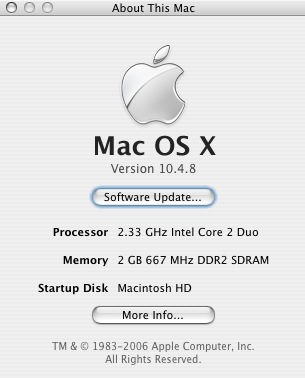


The extra work that is involved means that only the most intensive tasks are optimized for parallel execution. Note that this type of parallel processing happens automatically and is transparent to the app developer, whereas writing apps to run operations in parallel requires special consideration and effort. To take advantage of this design, Apple’s M1 includes a very large reorder buffer, which is the store of instructions that are fetched and analyzed for possible parallel execution. Since complex CISC instructions can access memory before completing an operation, executing instructions in parallel becomes more difficult in contrast to the simpler RISC instructions. This is what’s called out-of-order execution, as explained by Anandtech in a highly technical analysis of the M1. Since this type of chip has a fixed instruction length, it becomes simple to load a large number of instructions and explore opportunities to execute operations in parallel. Specifically, it has expertise in leveraging the inherent advantages of a RISC design. Apple has a long history with this architecture and has had plenty of time to refine and improve its chips. This means the M1 is not really a first-generation RISC design.
#INTEL MAC RISK 2 PRO#
Related: Apple Silicon M1 Strengths & Weaknesses Revealed In MacBook Pro BenchmarksĪpple’s M1 chip, which powers the newest Mac mini, MacBook Air, and 13-inch MacBook Pro, is based on the A-series chips that have been used in every iPhone and iPad. Apple actually worked with RISC designs as far back as 1994 with the PowerPC chip. Accessing memory is relatively slow, so this is an important distinction. With a RISC chip, this is typically broken into four instructions, two to load the numbers, one to perform the multiplication, and one to store the result. For example, a CISC chip can perform multiplication by directly accessing two memory locations with one complex instruction. The RISC acronym may cause some confusion since the distinguishing detail is not the number of instructions, but rather the complexity of instructions and, in particular, the addressing modes. Each A-series processor is built as a reduced instruction set computer (RISC), as opposed to a CISC, which uses complex instructions. The M1 defeats many of the top Intel and AMD CPUs in single-core tests and handily beats low-power chips in multi-core tests as well.Īpple has been designing its own computer chips for a decade. The M1 Mac computers that launched in November of 2020 have quelled much of that doubt, demonstrating surprisingly high performance. When Apple announced that it would transition away from Intel processors to its own chips in June of 2020, many were skeptical that a computer powered by a processor based on an iPhone chip could compete with the Intel-based Mac computers that have been the standard since 2006.


 0 kommentar(er)
0 kommentar(er)
